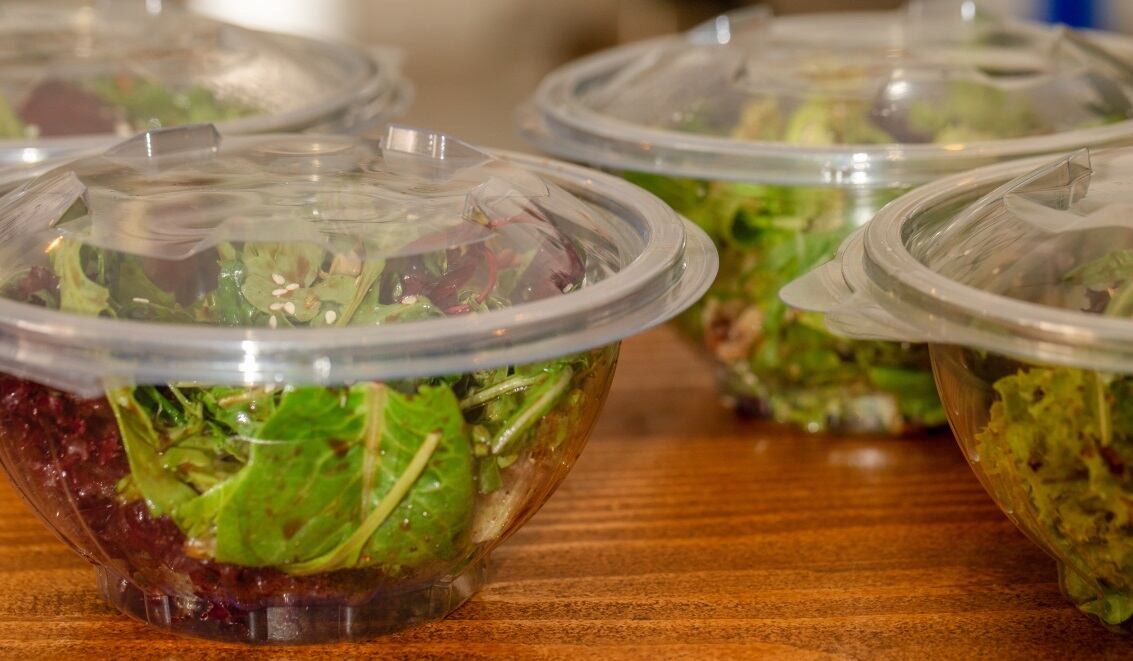Given the complexity of the supply chain for food-contact materials, it can sometimes be a struggle for business operators to determine their precise responsibilities. Cooperation is essential to ensure that the final food-contact material placed on the market is compliant.
What are your obligations?
Businesses are required to provide a DoC at all stages in the supply chain, apart from the retail stage. This confirms that food-contact materials governed by harmonized EU legislation comply with the rules applicable to them. These materials include plastic, ceramics, regenerated cellulose film and active and intelligent packaging.
Documentation must be maintained to support the statements made in the DoC - and this must be made available to the Member State enforcement authorities upon request.
Member States may also adopt national legislation requiring DoCs for all non-harmonized food-contact materials placed on their national market and many of them have done so. Non-harmonized materials include paper and paperboard, coatings, printing inks, rubber and silicones.
What should the DoC include?
The European Commission (EC) states in its Guidance document on the DoC that the DoC has two main aims. Firstly, it tells customers that the product is compliant. Secondly, it provides ‘adequate information’ to allow customers to establish compliance of their own products in turn.
The EC’s Plastics Regulation sets out the most detailed information on what should be included in a DoC. Although it specifically regulates food-contact plastic materials, it may be used as a reference for other types of food contact materials.
The Plastics Regulation outlines that the following information should be included in a DoC:
- Identity and address of business operator issuing the DoC;
- Identity of material or article;
- Date of declaration;
- Confirmation of compliance with relevant requirements of the Framework Regulation;
- Adequate information regarding substances used or their degradation products subject to specific restrictions/specifications;
- Adequate information regarding dual use additives, which are subject to a restriction in food
- Specifications regarding use of material (e.g., types of food that it may be used in contact with, times and temperatures covered, the highest food contact surface area to volume of food ratio covered by the DoC or equivalent information);
- Conformity of functional barrier with applicable requirements (if used).
The EC’s Guidance document on the DoC recommends that compliance work be conducted as high up the supply chain as possible. It also details what the EC considers to be ‘adequate information’ to pass down the supply chain for some non-harmonized materials. Again, this is heavily modelled on the requirements for plastic materials and articles.
In practical terms, it is not possible to set out one definitive checklist of responsibilities that can be used by any operator. This will vary depending on the company’s role and position in the supply chain as well as the type of product supplied.
Information sharing versus ‘trade secrets’?
One of the dilemmas facing companies is the need to protect trade secrets and competitive information, versus the need to pass adequate information down the supply chain.
This can be addressed in different ways. For example:
- If a substance cannot be named in a DoC for confidentiality reasons, and if it cannot be confirmed that the applicable limits are met for all applications, the DoC should include a statement that there are substances subject to restrictions;
AND
- State that they can be disclosed under a confidentiality/non-disclosure agreement.
OR
- State that the details of confidential substances can be requested by a third party (usually a law firm or a laboratory) under a confidentiality agreement. The third party could then verify/confirm compliance and provide its non-confidential conclusions to the business operator purchasing the material.
There are, of course, other approaches that could be taken, particularly, if the business operator is able to determine that the potential specific migration of a substance would be well below the specific migration limit. But, again, this would need to be considered on a case by case basis.
Tips for preparing your DoC
When preparing and reviewing a DoC , there are a number of points to keep in mind:
General disclaimers may not invalidate the statements of compliance made in the DoC;
- Compliance work should be done as high up the supply chain as possible;
- Delegation of compliance work is possible but must be specific and must provide the customer with information to take over that compliance work;
- DoCs should be clear and detailed and highlight any restrictions to downstream users;
- Liability is shared throughout supply chain and the more information a business operator passes on to customers, the less his own liability;
- Compliance with ISO standards or the United States Food and Drug Administration’s Code of Federal Regulations does not automatically lead to the conclusion that a food-contact material complies with the EU food-contact requirements;
- The DoC should be renewed when there are relevant changes in legislation, new scientific data impacting on safety, or when a change in composition of products impacts on compliance with restrictions;
- Supporting documentation must be maintained on file to back up DoCs;
- Issuance of a DoC results in liability, so it is important that this process is centralized and controlled;
- It should be indicated whether the mutual recognition principle is being relied upon as the basis for the lawful marketing of non-harmonized materials in Member States maintaining applicable national legislation.
Issuing a DoC is never a straightforward exercise. It is often fraught with conflicting interests and demands. Nevertheless, it is important to take the time to draft a thorough DoC to mitigate liability and guarantee compliance.
An essential element of this exercise is ensuring that your company has obtained adequate information from your supplier to prepare a DoC. It also important to keep in mind that EU based importers are responsible for ensuring that any food contact materials and articles that they import comply with the EU food-contact legislation.




